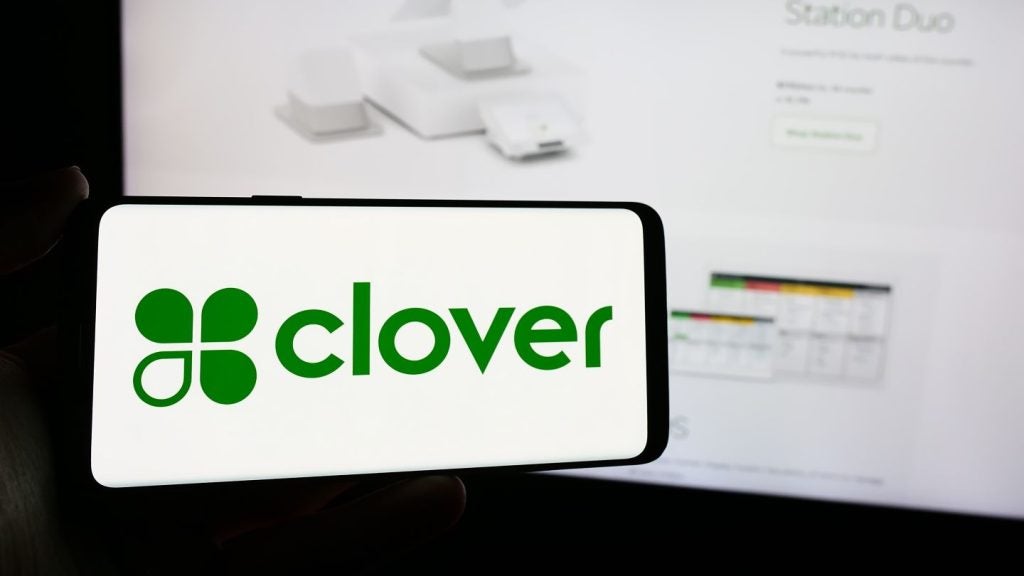The financial sector is expected to ramp up investments in artificial intelligence from $35bn in 2023 to about $126bn by 2028. One of the segments driving this growth is payments, with the AI payment market projected to expand at a 20 percent+ CAGR between 2022 and 2027.
AI technologies have transformed payments operations by automating repetitive, high-volume transactions, such as payment reconciliation and transaction routing. Streamlined processes and workflows, accelerated processing time, and fewer errors are some of the common efficiency benefits of AI in back-end payment operations.
But there are bigger opportunities for the taking, such as attracting Gen Z, who are on track to becoming the largest and wealthiest generation ever. In the US, the spending power of the now 68 million strong Gen Z doubled between 2019 and 2024 and their spending power is expected to be worth $12trn by 2030.
A recent survey on payment preferences shows that Gen Z customers demand seamless experiences – many think even entering a PIN at a point-of-sale is annoying – and are inclined towards alternative payments, such as contactless, app-based, or buy now, pay later. Luckily, there are several ways that payment providers can leverage AI at the front-end to capture this important generation of customers.
Personalise payment experiences
AI and machine learning models can process customer data, such as buying behaviour, to make relevant payment propositions and offers to customers. They allow adaptive payments, where based on user preferences and context, a choice of payment options, such as mobile wallet, QR code, or credit card, are dynamically presented. This is especially important for Gen Z, who would rather defer a purchase than use an alternative payment method, when their preferred mode is not available.
Conversational AI improves personalisation by enabling natural language-based, human-like interactions, contributing to a seamless payment experience. It also offers easy access to insights: instead of grappling with data manipulation tools or wading through a fixed data analysis menu, customers can address their questions to a chatbot.
For example, What did I spend more on this year? – and receive a natural-language response in return – On gadgets and fine dining. Leading payment providers are also deploying smart assistants to provide frictionless, on-demand customer service: “PayPal Claude” handles more than 30 million customer requests every year across web and mobile channels.
Mitigate fraud and other malpractices
In a 2024 survey, senior payments professionals said the best use-case for AI was fraud detection and prevention. Just as well, because payment security is a priority of Gen Z buyers, especially in high-value transactions.
Machine learning and predictive analytics solutions can analyse massive transaction data – device IDs, location, transaction velocity, purchase history – in real-time to identify anomalous patterns indicative of fraud that providers can review to proactively address threats.
Other AI-enabled biometric authentication solutions, such as facial or voice recognition, can secure login and payment approval to protect consumers. At Mastercard, for example, AI-powered fraud detection platforms have significantly reduced payment fraud, while enabling frictionless experiences for genuine customers.
Eliminate friction in payment processes
AI can eliminate some of those “extra” steps that turn off Gen Zers. Smart auto-fill features automatically enter learned customer information, such as billing address and credit card details, to speed up payment at checkout. Further, payment form fields are dynamically modified, based on the chosen payment method, doing away with unnecessary data collection.
Enable innovative payment offerings
AI algorithms are capable of accurate credit decisioning and underwriting. They consider a wide range of non-traditional credit evaluation metrics – such as social media activity, utility payments and mobile usage – to come up with instant credit scores. This enables payment innovations such as the “buy now, pay later” facility favoured by Gen Z consumers. This also helps to include customers who although creditworthy, are denied loans because of a lack of credit history: AI underwriting models are known to increase approval rates by 20% while maintaining default rates at the same level as traditional underwriting.
Identify value-creating opportunities
Real-time payment systems, for example, FedNow in the US, are providing unprecedented access to high-quality data to financial firms. Payment providers can use AI to extract real-time insights from this data to discover revenue opportunities, emerging market trends, changes in spending patterns, or pain points needing fixing. AI can even spot potential opportunities or concerns at the level of individual customers and take appropriate action.
For example, seeing that a customer with a shrinking account balance is now using other bank apps, the solution can send out special offers to win them back.
The payments industry cannot afford to ignore the Gen Z opportunity. However, to secure a share of this business, providers will have to fulfil the distinct expectations of Gen Z, ranging from alternative payments to seamless transactions. Advances in AI can support this by not only streamlining back-end processes but also curbing payments fraud, enabling highly personalised experiences and driving innovations, such as buy now pay later.
Vivek Dwivedi is US Regional Head, Payments and Cards at Infosys








